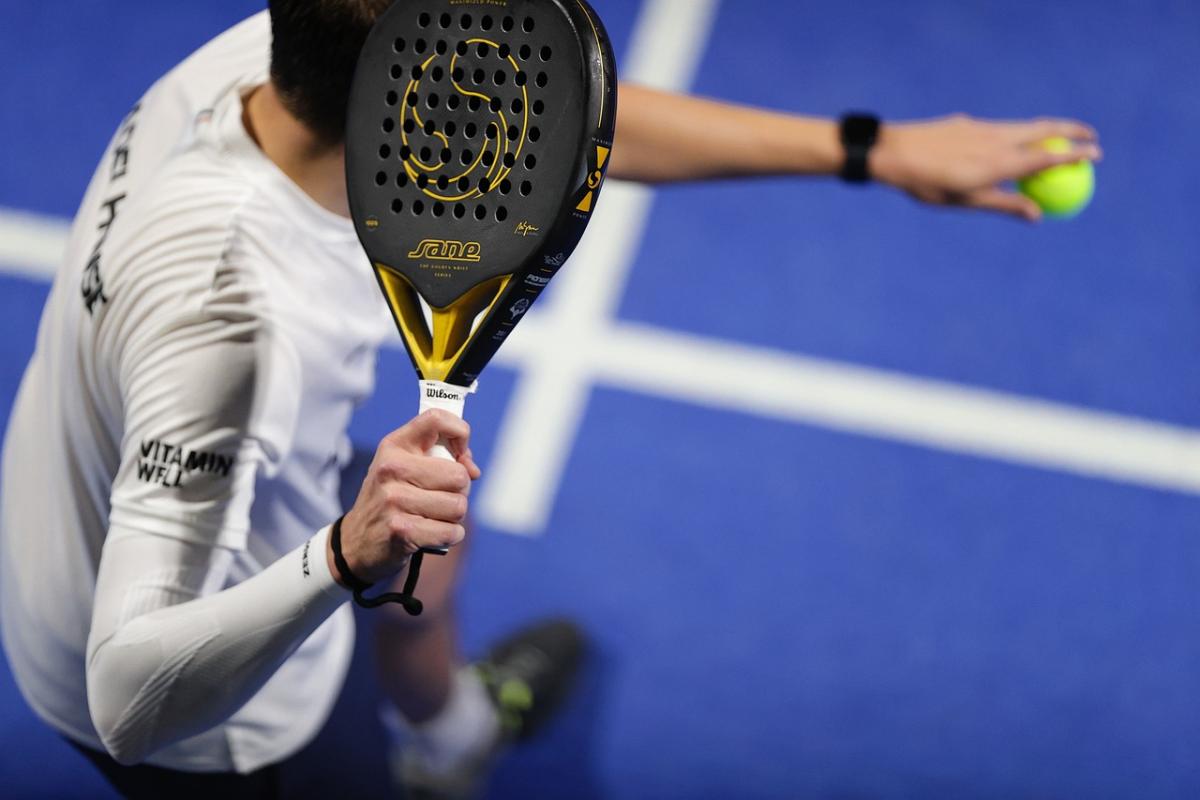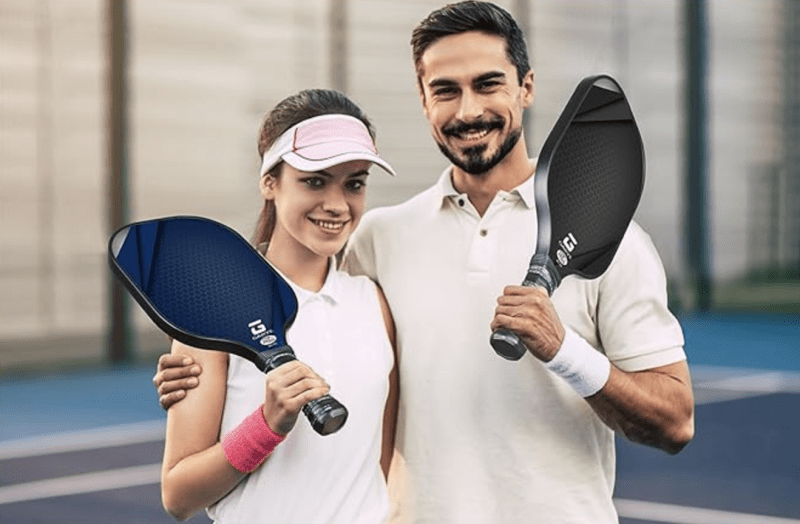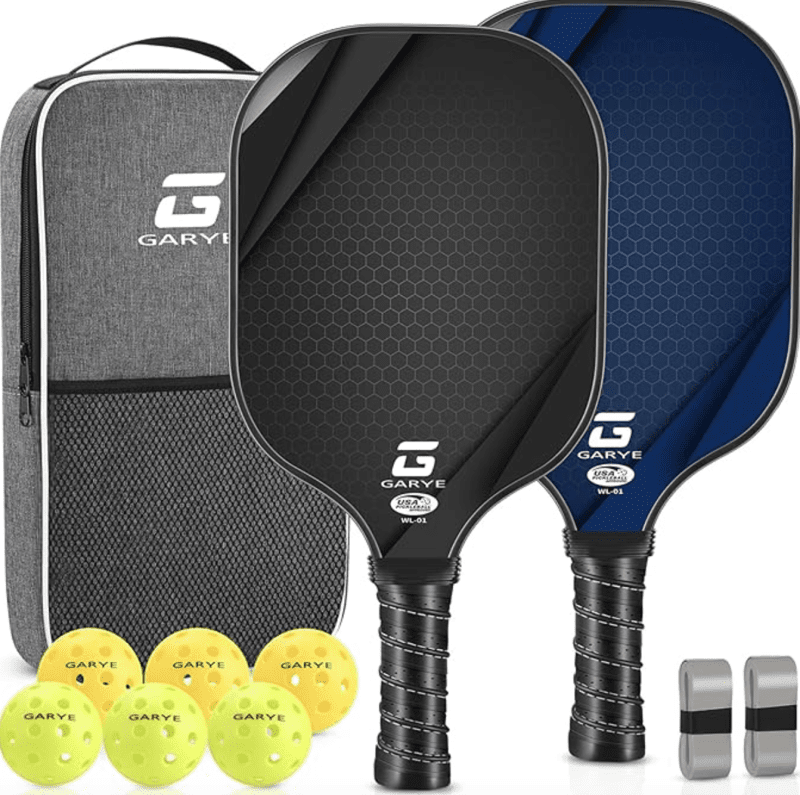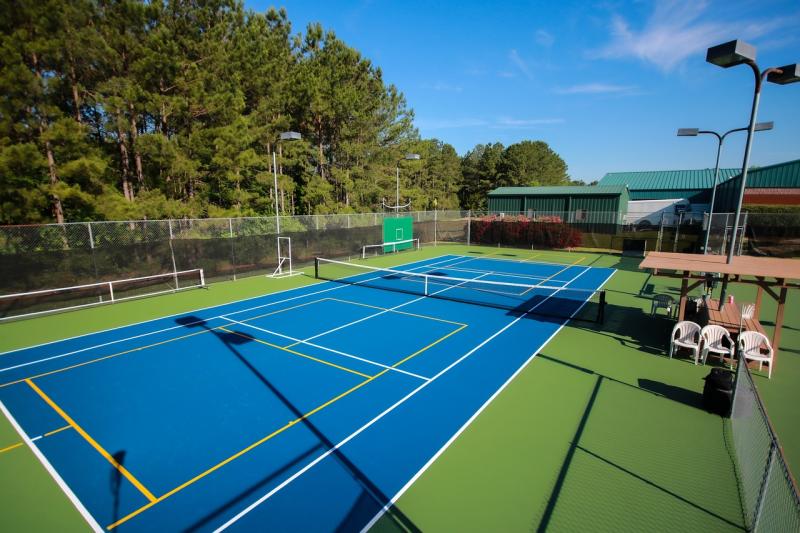When diving into the world of pickleball and tennis, it’s helpful to understand the basics of each game. Both sports have their charm, but their gameplay, rules, and style can be quite different. Let’s break it down!
Pickleball Overview
Pickleball is a fun mix between tennis, badminton, and ping-pong. Played on a smaller court, it's usually 20 x 44 feet for doubles. You use a paddle and a lightweight plastic ball with holes, which gives it a unique feel. The game starts with an underhand serve and can be played both indoors and outdoors. It’s great for all ages and skill levels because the rules are straightforward, and the game rotates quickly, encouraging a social atmosphere.
Tennis Overview
Tennis, on the other hand, is played on a much larger court, either 36 x 78 feet for doubles or 27 x 78 feet for singles. Players use a stringed racket and a felt-covered rubber ball. The serve is more powerful and generally overhand, which can be a bit challenging for newcomers. Matches can be more intense and longer, as rallies are often more extended compared to pickleball. This sport also has a rich history and is played competitively worldwide.
Key Differences
- Court Size: Pickleball's smaller court makes it quicker to learn and more accessible.
- Equipment: Paddles and wiffle balls for pickleball vs. rackets and rubber balls for tennis.
- Game Pace: Pickleball tends to be a bit slower, allowing for more interaction, while tennis can be fast-paced with longer rallies.
Whether you choose pickleball or tennis often comes down to your personal preference. It's all about what type of gameplay suits you best and how much social interaction you want during your matches!
Comparing the Court Sizes and Layouts
When it comes to comparing pickleball and tennis, one of the first things to look at is the court sizes and layouts. Let’s break it down so you can see how they stack up.
Pickleball courts are much smaller. A standard pickleball court measures 20 feet wide and 44 feet long for doubles play, which is about the size of a badminton court. This makes it perfect for quick rallies and smaller playing areas. Plus, you don’t need a ton of space to set up a game, which is great for those who want to play in parks or backyards.
Tennis courts, on the other hand, are significantly larger. A singles court is 27 feet wide and 78 feet long, while a doubles court expands to 36 feet wide. The extra room not only accommodates longer shots but also gives players more space to move around. If you love running across the court, tennis has you covered!
The layout is also a bit different. Pickleball courts have a non-volley zone (also known as the "kitchen") near the net to prevent players from smashing volleys too aggressively. In tennis, there’s no such rule. Instead, the lines and game play focus on rallying back and forth over a higher net. Each sport has its unique feel, which can really influence the way you play.
Player Skills and Game Strategies
In pickleball, skills like quick reflexes and hand-eye coordination are key. Since the court is smaller and the game moves quickly, players often rely on dinking and strategic placement of shots. It's all about positioning: staying close to the net can give you a huge advantage, allowing for quick volleys. Plus, learning how to use the paddle effectively to spin the ball can turn unforeseen moments into scoring opportunities.
Tennis, on the other hand, demands a slightly different approach. Players benefit from strong baseline skills and powerful serves. The larger court means you’ll need good endurance and agility to cover ground. Strategies often involve rallying from the baseline until the right moment to approach the net or hit a decisive winner. Knowing when to use slice shots versus topspin can also make a big difference in throwing your opponent off their game.
Both games emphasize teamwork and communication, especially in doubles formats. For pickleball, working collaboratively to control the net is crucial, while in tennis, effective positioning and shot selection can dictate the pace of the game. Understanding these dynamics can really enhance your play and enjoyment, whether you’re swinging a paddle or a racket.
Health Benefits of Playing Both Sports
Playing both pickleball and tennis offers a variety of health benefits that can enhance your overall well-being. These racquet sports get your heart rate up and can provide a solid cardio workout. As you move around the court, you work on your endurance, which is great for your heart and lungs.
Both games are excellent for building strength and flexibility. The quick movements and swings help tone your muscles, especially in your arms, legs, and core. Plus, the dynamic nature of the games improves your balance and coordination, making everyday activities easier.
Mental health also gets a boost from playing these sports. The strategic elements of pickleball and tennis keep your brain active and engaged. Whether it's planning your next move or reacting to your opponent, you're constantly challenging yourself mentally, which can help reduce stress and anxiety.
Additionally, playing either sport can be a fantastic social experience. Engaging in friendly competition or even just hitting around with friends can lift your spirits and strengthen relationships. This social interaction is a key factor in overall happiness and can lead to a more fulfilling life.



